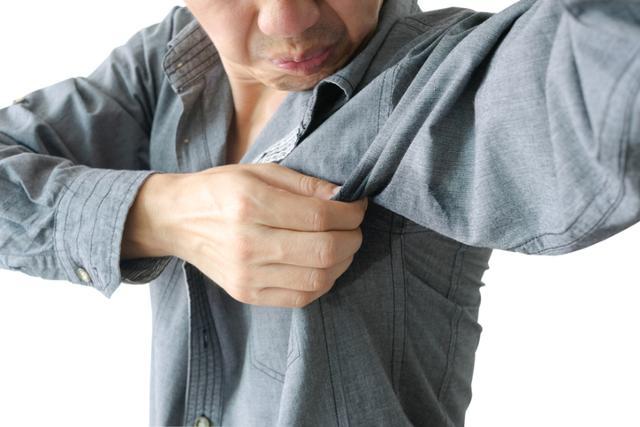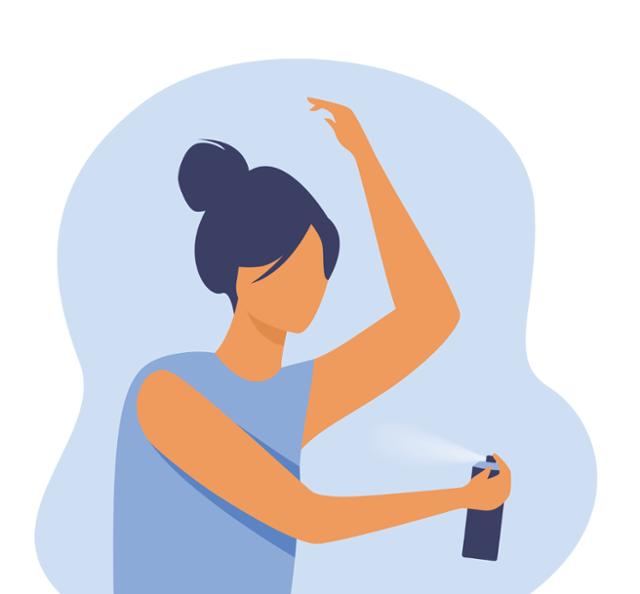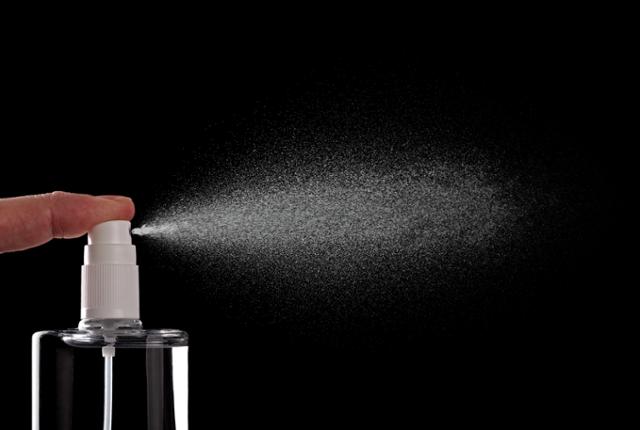I thought it was deodorant... but it turns out it was a medication that shouldn't be applied daily? [Medical and Drug Information]
2024.07.07 23:56
Views Likes Scraps
I also tend to sweat a lot...
Even a little exertion or walking exercise during summer can be challenging...
My sweat glands are working overtime... ㅠ_ㅠ
So I buy deodorant and apply it every summer...
I shouldn't have just bought this and replaced it...
It might have been an antiperspirant that shouldn't be applied daily, not a deodorant...
Fortunately, the product I have is indeed a deodorant, but
I'm not really going to buy just anything, and I won't keep using it just because I received a prescription...
I should learn and use everything well...
----------------------------------------------------------------
Contains aluminum components with sweat-absorbing and antiperspirant functions.
It should be distinguished from hyperhidrosis treatment that blocks sweat secretion.
Rash and itching side effects when used daily without knowing
Editor's note
Is there anything more important than eating happily and staying healthy? Food and medicines are so intertwined with life that there are many things we overlook unknowingly. Check out this essential but often overlooked food and drug information here.

Deodorant that only eliminates sweat odor, not sweat itself
The first deodorant was developed not to eliminate the sweat itself from the armpits, but to remove the odor. Unlike the common sweat gland called the 'eccrine gland,' certain areas of the body such as the armpits and groin have specialized sweat glands called 'apocrine glands.' These glands secrete sweat containing fatty acids, and when bacteria on the skin surface break down these fatty acids, an unpleasant sweat odor is produced.
In the United States, in 1888, the first deodorant 'Mum' was launched by reverse-engineering this principle to eliminate body odor. It used zinc oxide to kill bacteria that cause odor and added fragrances to produce a pleasant scent. Subsequent products added antimicrobial substances such as triclosan, but even now, deodorants do not have the function of directly suppressing sweat secretion.
Products that prevent sweating are called 'hyperhidrosis treatments' and first appeared on the market in the United States in 1903. The key ingredient is aluminum chloride hexahydrate, which forms a barrier over sweat glands such as eccrine and apocrine glands, thereby suppressing sweat secretion. Unlike deodorants mainly used for the armpits, these can be used anywhere on the body where excessive sweating occurs, such as the hands or feet.
Deodorant craze sparked by a single advertisement
Although 90% of Americans now use deodorant, it was not immediately popular upon its release. While body odor can be unpleasant, many people did not feel the need to eliminate it. There were also many inconveniences, such as side effects like skin rashes and damage to clothing caused by the products.
The turning point was an advertising slogan released in 1920. In that print ad, a woman mentions, "The most embarrassing moment in my life was when I accidentally found out why I wasn't popular with men." It was because of the smell of sweat from her armpits that she was rejected by the opposite sex.

Starting from this point, the deodorant market in the United States grew. According to an old New York Times article, the deodorant market increased 600 times between 1942 and 1957, reaching a sales volume of 70 million dollars. Products containing aluminum compounds to suppress sweating were also introduced. Most deodorant products sold in Korea today also contain aluminum ingredients, which have the function of reducing sweat secretion to some extent.
Excessive sweating treatment may cause redness and rash side effects if applied daily
Deodorants, which were relatively unfamiliar in Korea, are recently seeing an increase in users. However, not all products that claim to prevent sweating on the market are deodorants. It could also be that 'medicine' I mentioned earlier that needs to be distinguished from deodorants. It is precisely a hyperhidrosis treatment.
Deodorants are classified as cosmetics and can be purchased at supermarkets or pharmacies, but hyperhidrosis treatments are over-the-counter medicines and can only be bought at pharmacies. If you bought a product with a name like '○○ Clow' at a pharmacy, it is a hyperhidrosis treatment, not a deodorant.

There are also differences in how to use them. Deodorant should be applied to dry skin without moisture or sweat. On the other hand, hyperhidrosis treatment is a bit more complicated. After taking a shower before bed and thoroughly drying the armpits, apply the medication, then wash the treated area the next morning. This is because residual aluminum compounds on the skin may cause discoloration if they come into contact with clothing.
The most important point is that hyperhidrosis treatment should not be applied daily. Manufacturers recommend reducing the frequency to about once or twice a week if it seems that sweat secretion has decreased with daily use. Continuing to use the product despite reduced sweat secretion may cause side effects such as pain, itching, redness, rash, and burning sensations.
Journalist Profile
1
0
Comments 3